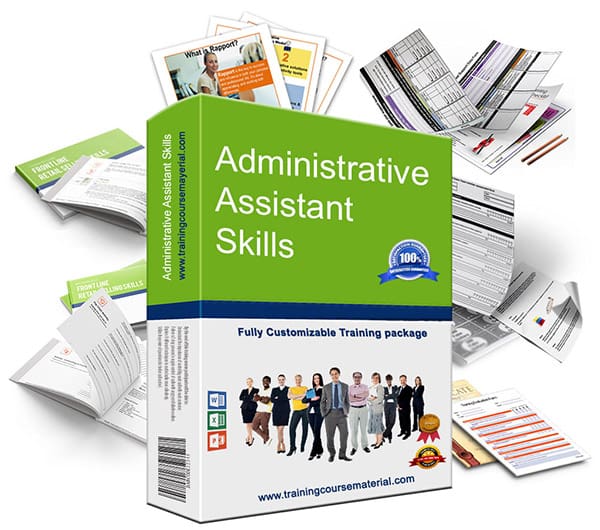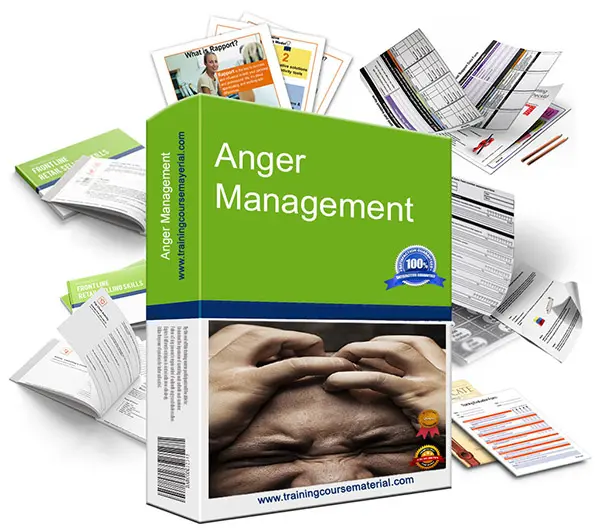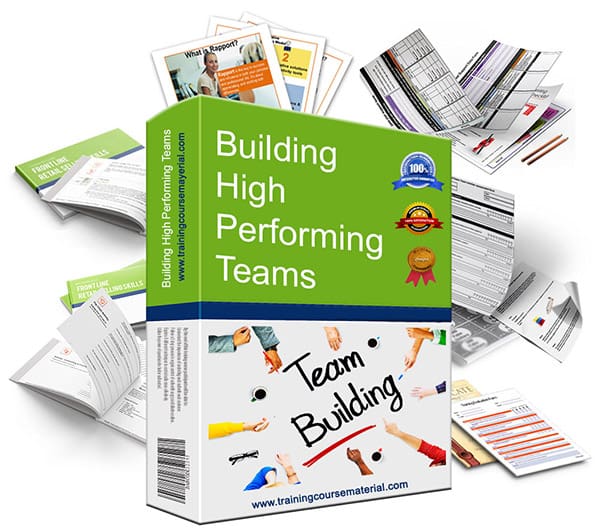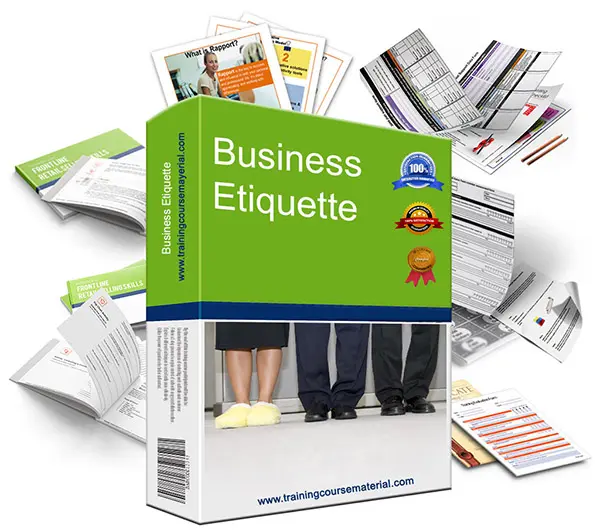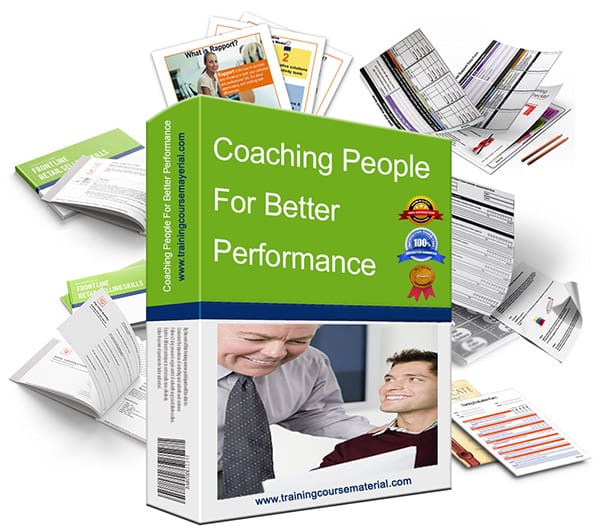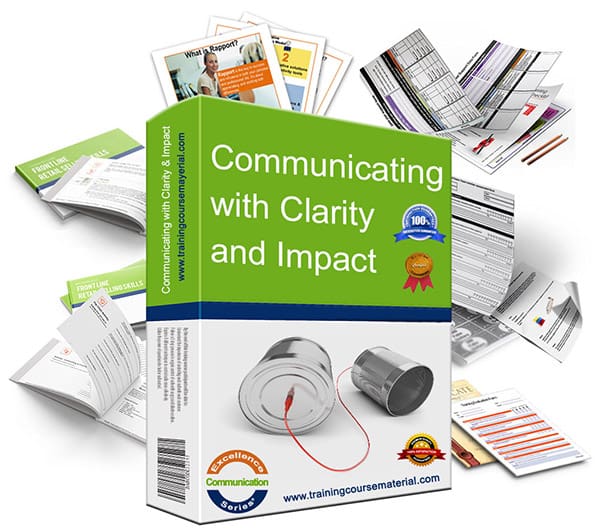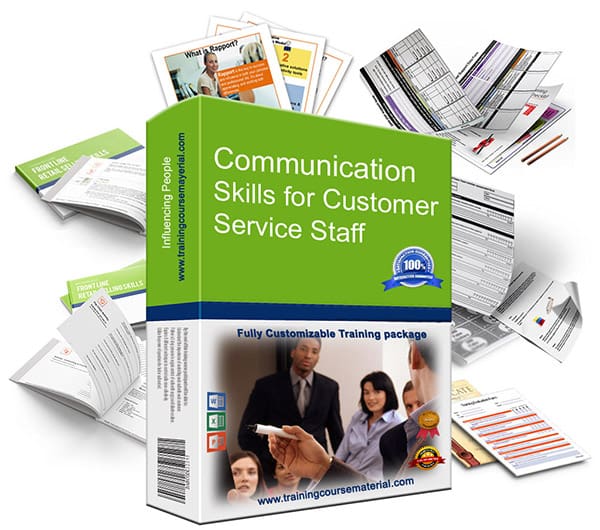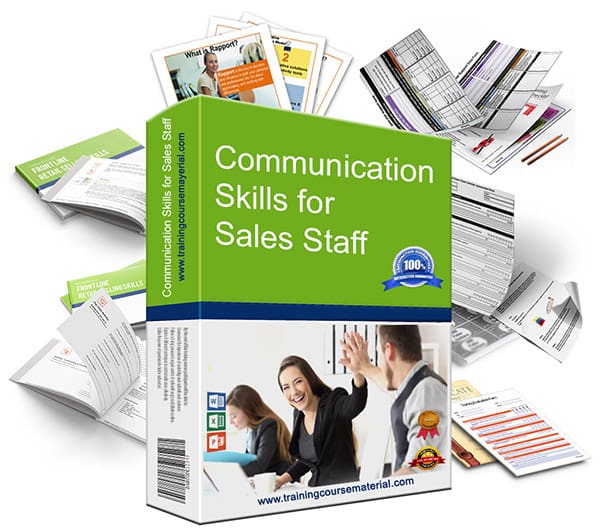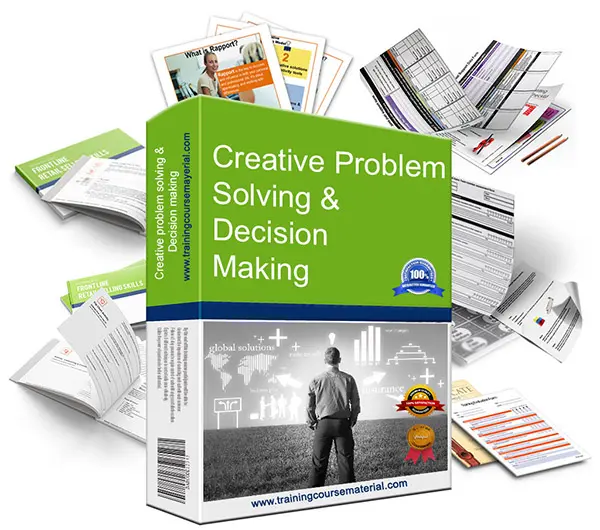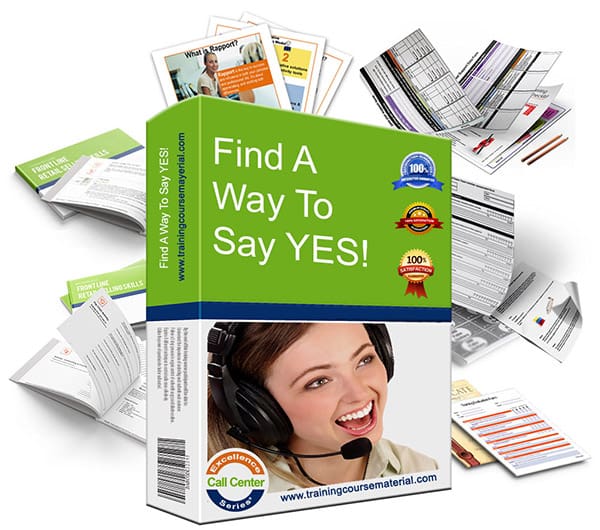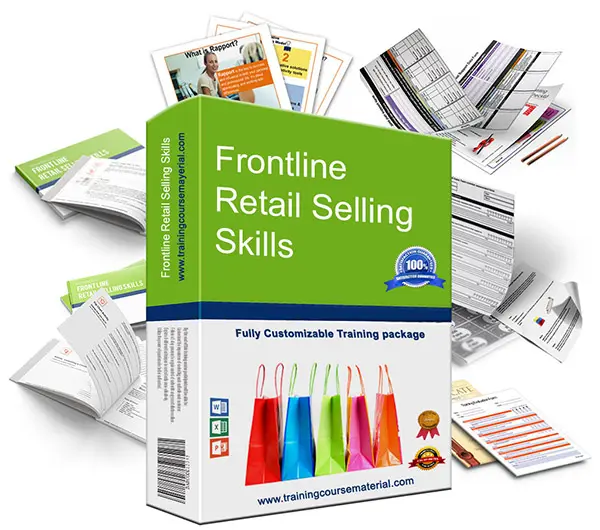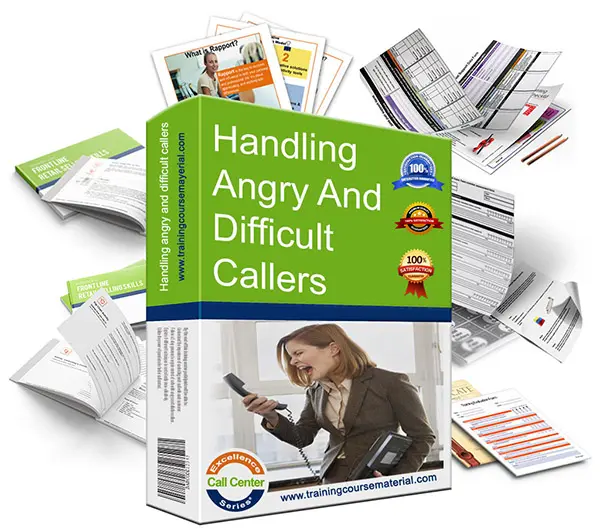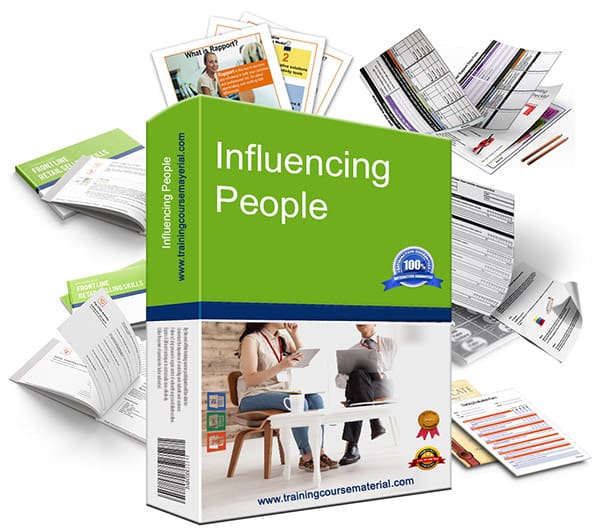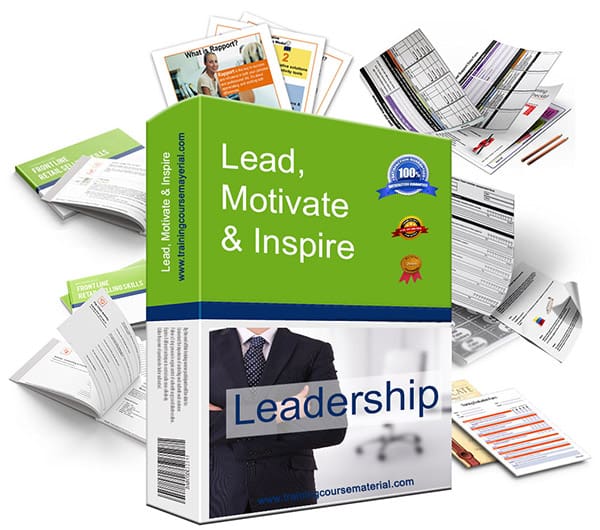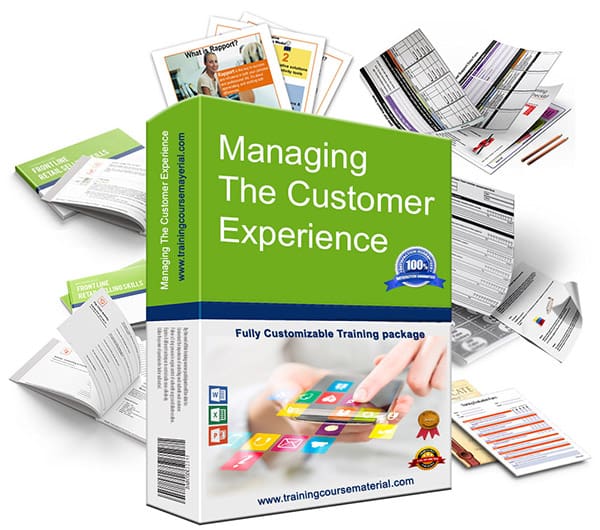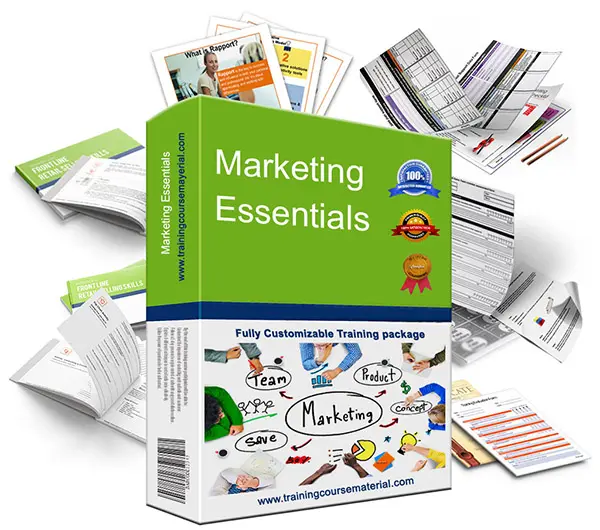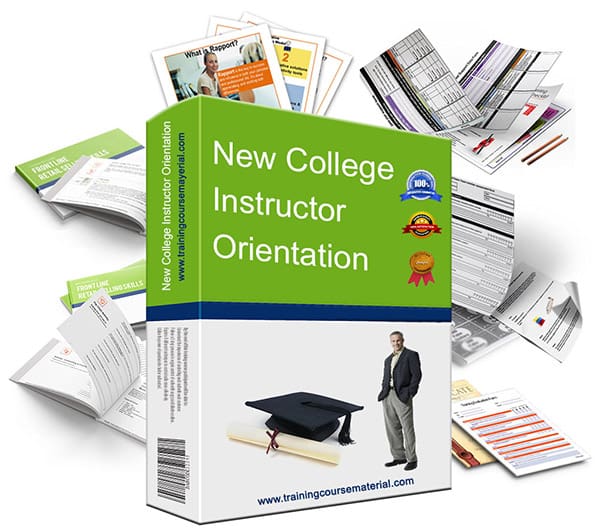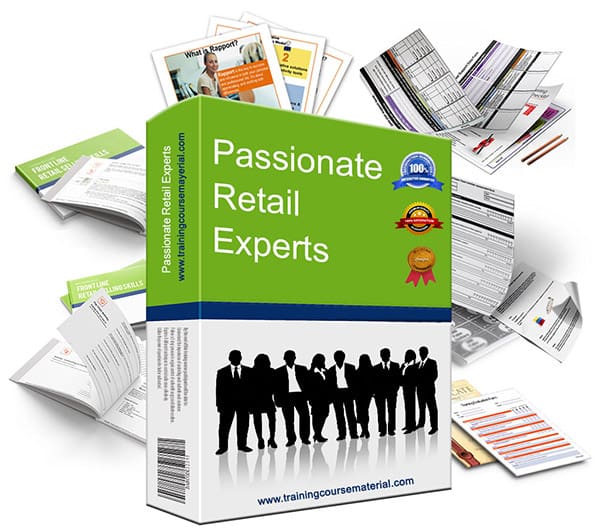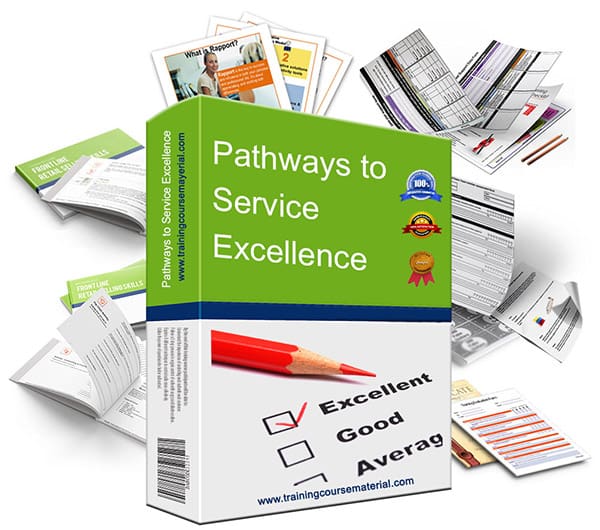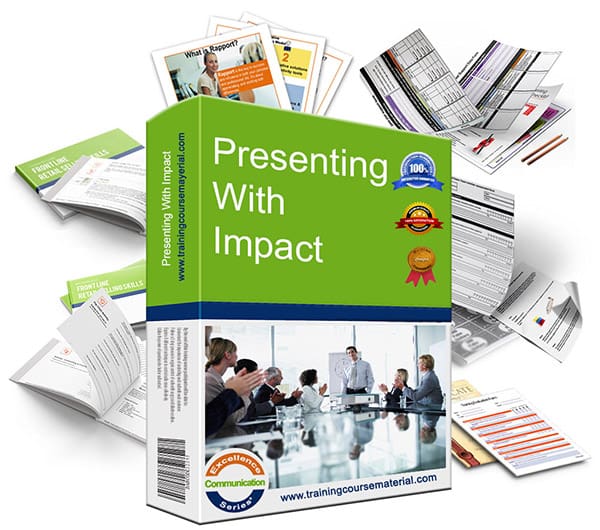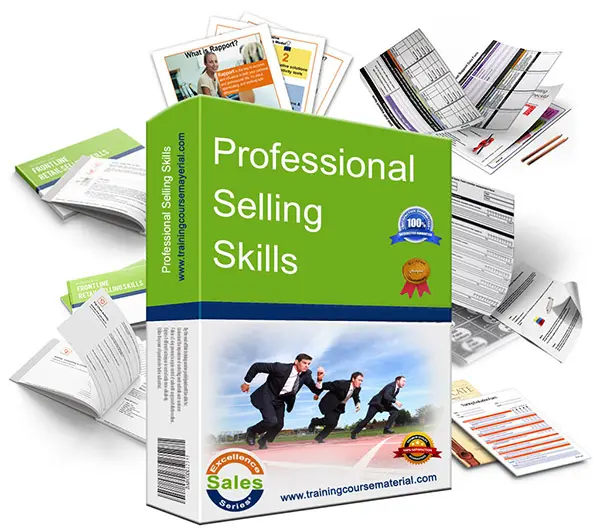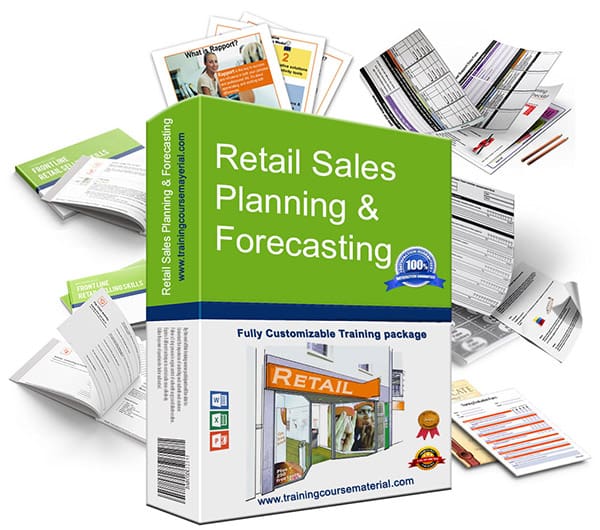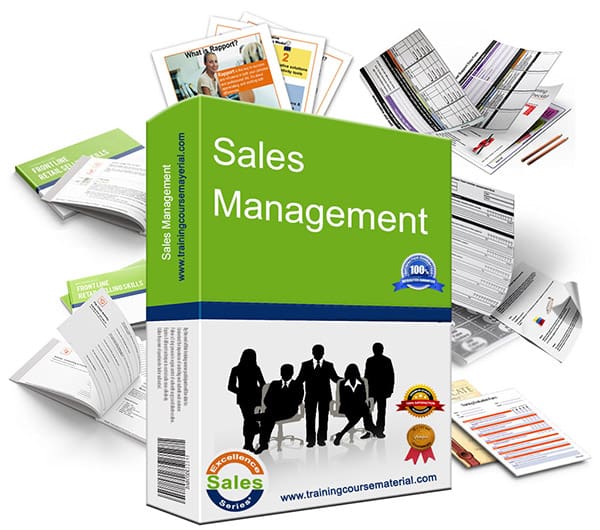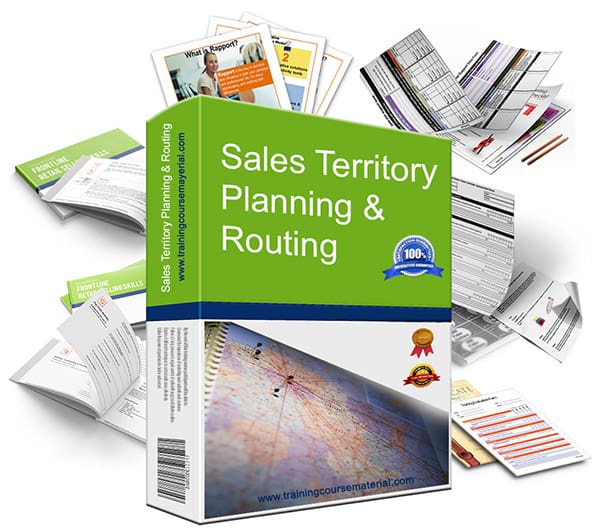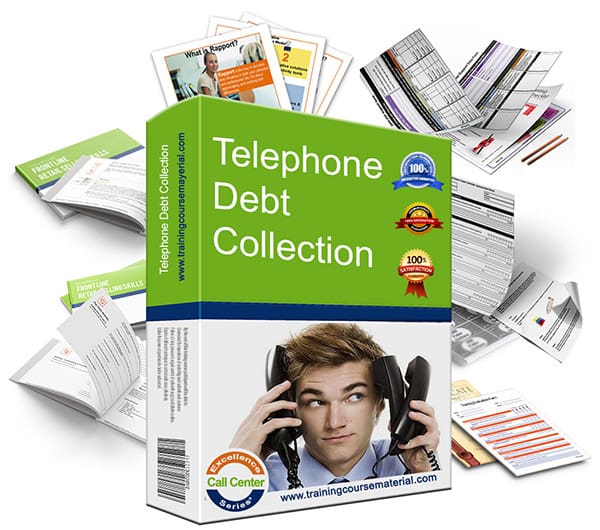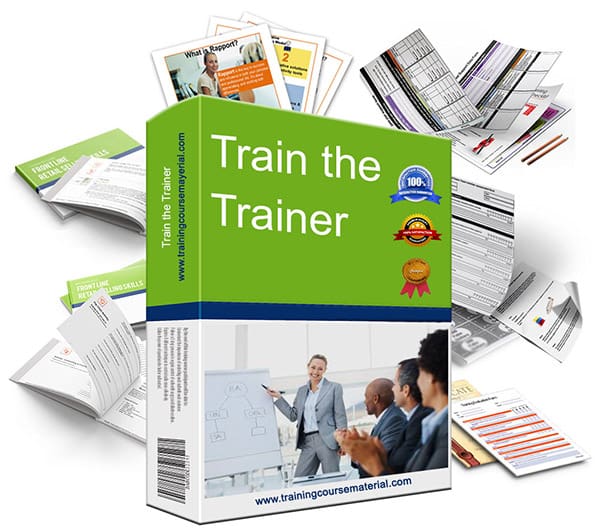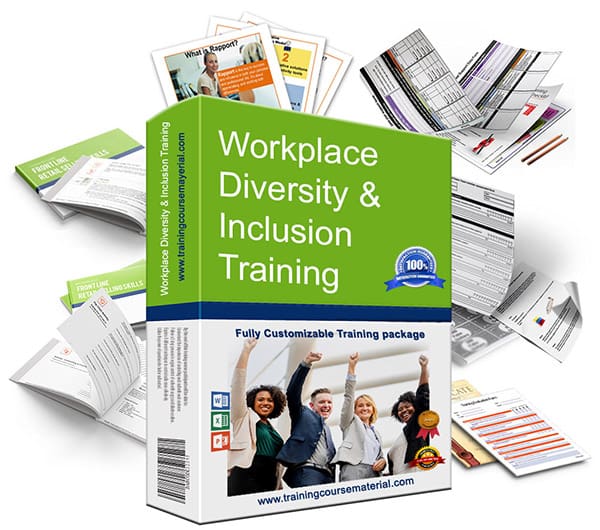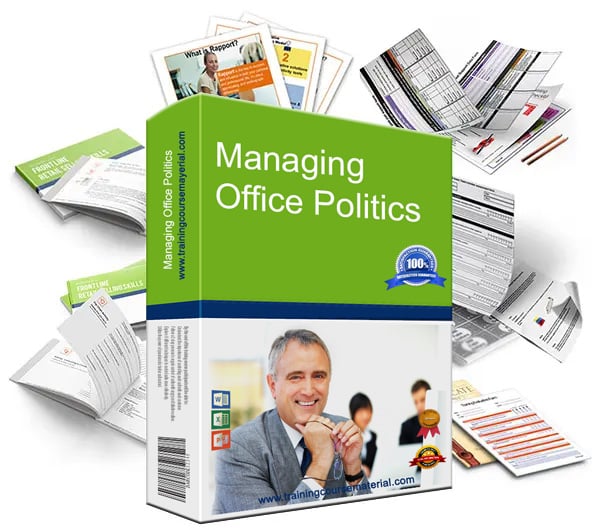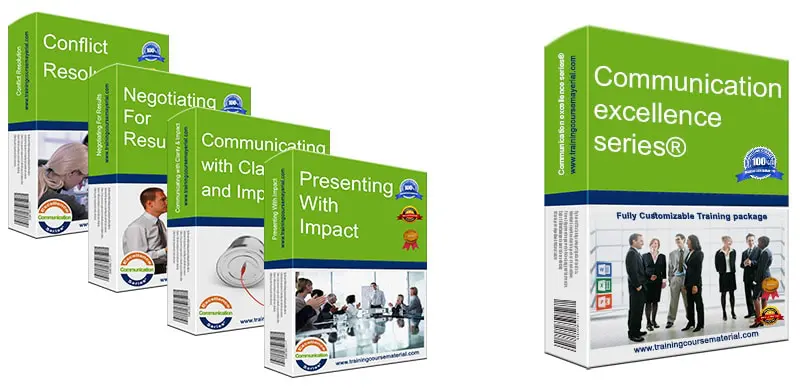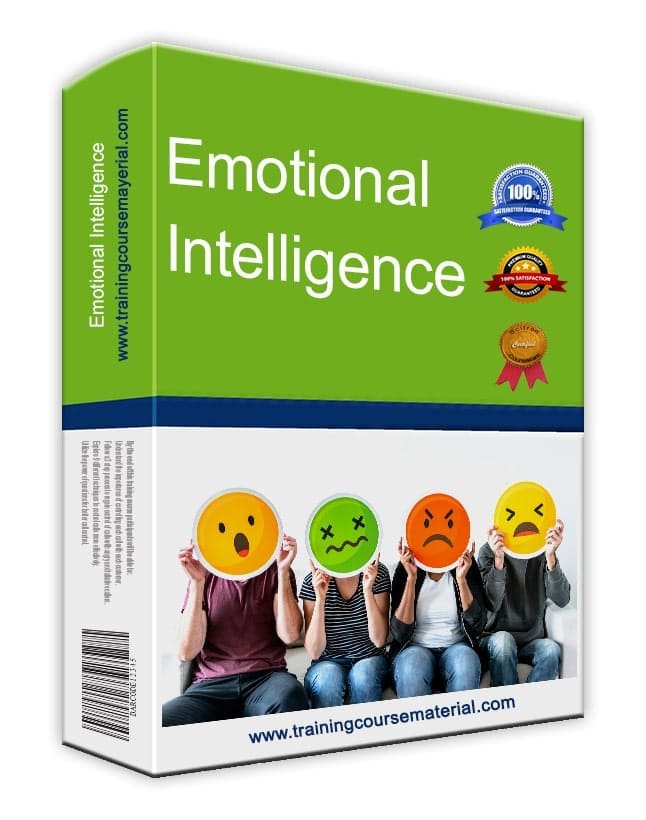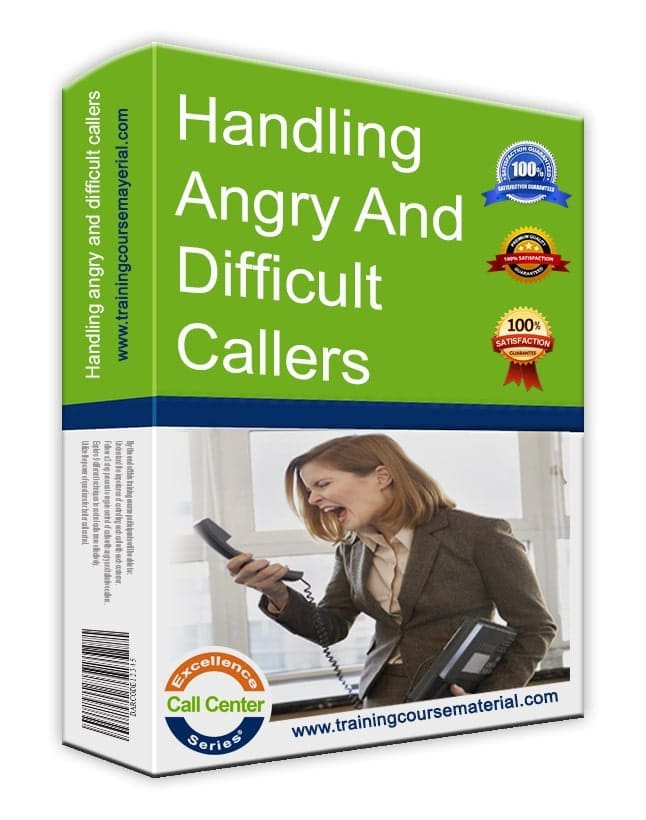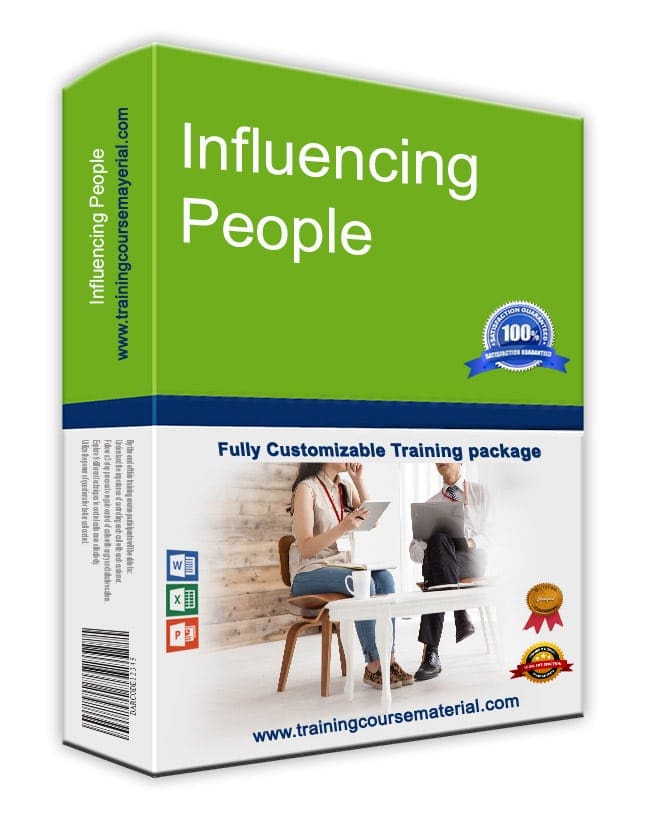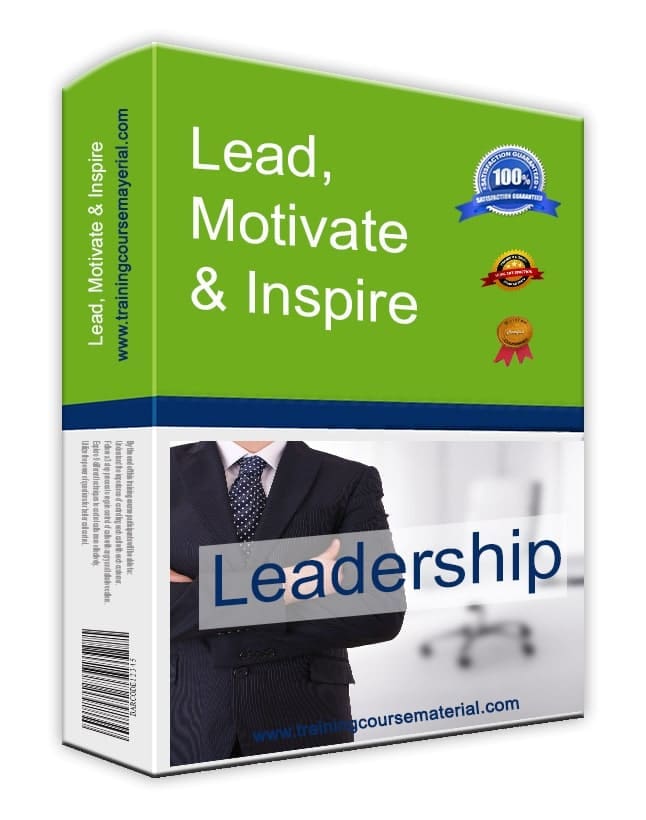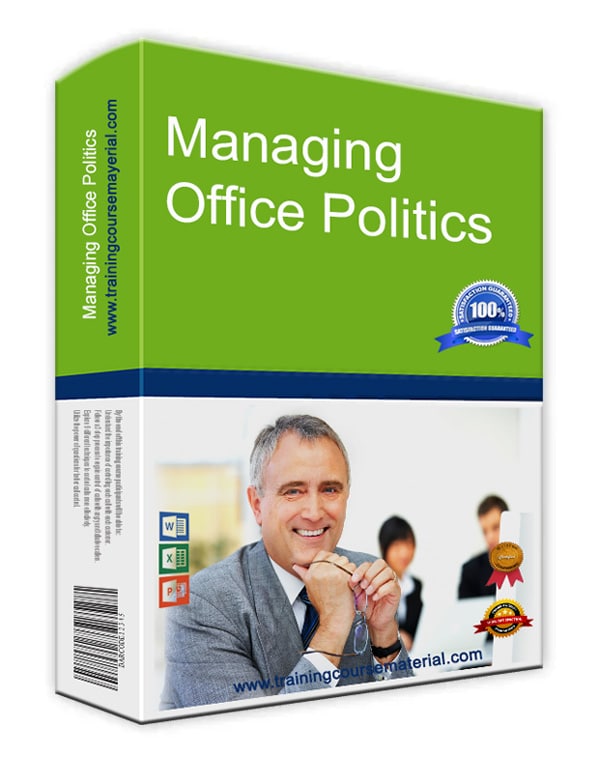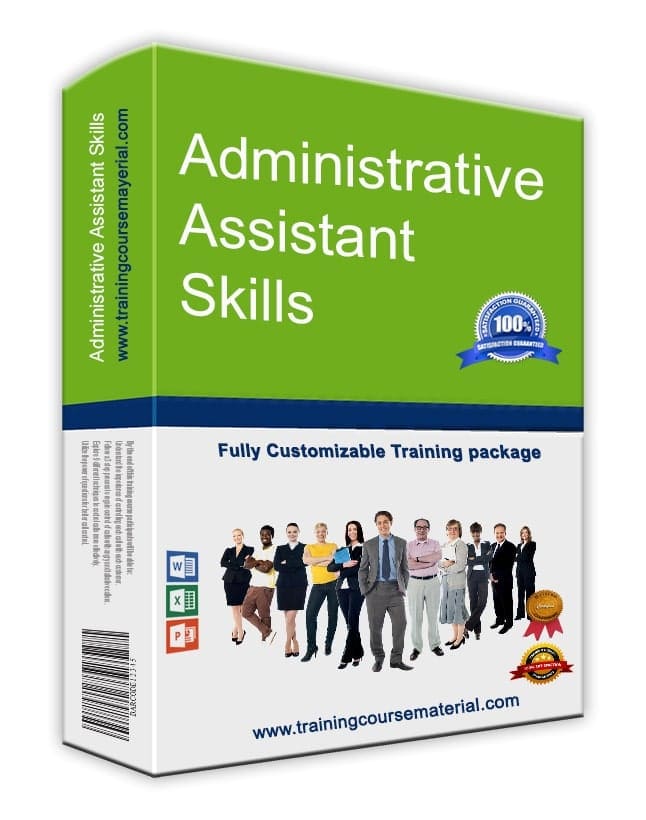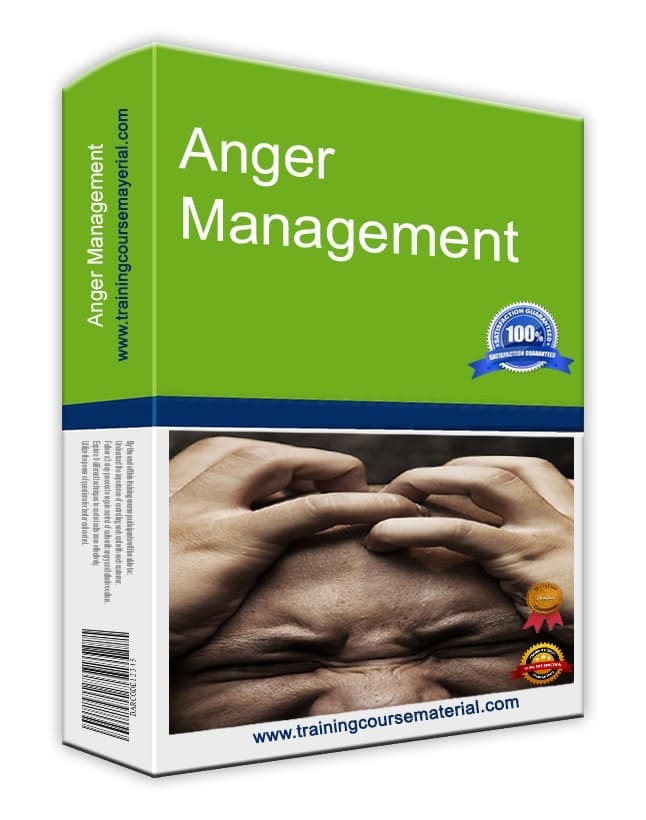6-Step Process for Delivering an Effective Presentation
Written by Sarah M. Khaled, Certified Presentation Skills Trainer
Delivering a great presentation is a mix of performance, structure, and purpose. Many professionals either over-formalize their delivery—or go in too casually. This article walks you through a balanced, proven six-step structure to keep your message clear, engaging, and audience-focused.
1. Introduce Yourself and the Topic
Start by giving people context. Who are you? What’s the presentation about? Be brief and confident. This sets the tone and expectations.
2. Give Them a Reason to Listen
Make it relevant. Explain why the topic matters and how it connects to their work, needs, or goals. You can also share a quick personal insight to build rapport.
3. Trail the Themes (Roadmap)
Outline what’s coming. Give a quick preview of your main points. Example: “First I’ll cover where things stand, then what’s changing, and finally, how we respond.”
4. Develop Each Theme
- Stick to your promised structure.
- Avoid information overload—less is often more.
- Use signposts like: “Now that we’ve seen the problem, let’s look at a possible solution.”
- Apply the “Power of 3” technique when possible—but not excessively.
- Use lists (ideally 3 to 5 items) and count them off physically or visually to reinforce structure.
5. Summarise Effectively
Wrap up with a recap of key points and clearly restate any action items. Anticipate objections if relevant and close with conviction. Let the audience know they’ve arrived at the conclusion with you.
6. Respond to Questions
Encourage questions—but don’t restart your talk. Clarify, listen actively, and manage the time. Let the group know when Q&A will end.
Real-World Example
A senior project manager I coached started applying this 6-step structure for weekly briefings. He reported better engagement, fewer misunderstandings, and faster decisions. Structure helped him lead, not just inform.
Expert Insight
Public speaking organizations like Toastmasters International emphasize structured formats for a reason—they reduce anxiety and increase clarity. According to a Harvard Business Review guide, presentations with strong openings, structure, and audience cues lead to higher retention.
“If you don’t know where your talk is going, neither will your audience.” — Sarah M. Khaled
📋 Free Presentation Skills Self-Assessment
Find out how well-structured and engaging your presentations really are.
🎯 Presenting With Impact – Downloadable Training Package
Download editable presentation skills training materials for workshops, coaching, and team training.
👤 About the Author
Sarah M. Khaled is a certified corporate trainer specializing in communication and presentation skills. With over 15 years of experience helping professionals lead meetings and deliver engaging talks, she helps teams present with purpose and poise.
❓ FAQs
- What’s the best way to remember my presentation flow?
Use a 6-step structure or a simple roadmap on index cards. Rehearse with signposts. - How formal should I be when presenting?
Aim for semi-formal—clear and professional, but natural and conversational. - What if I forget a step mid-way?
Pause, take a breath, and either circle back or move forward. Most audiences won’t notice.
Reviewed and fact-checked by the TrainingCourseMaterial.com editorial team on . Originally published September 2021.

